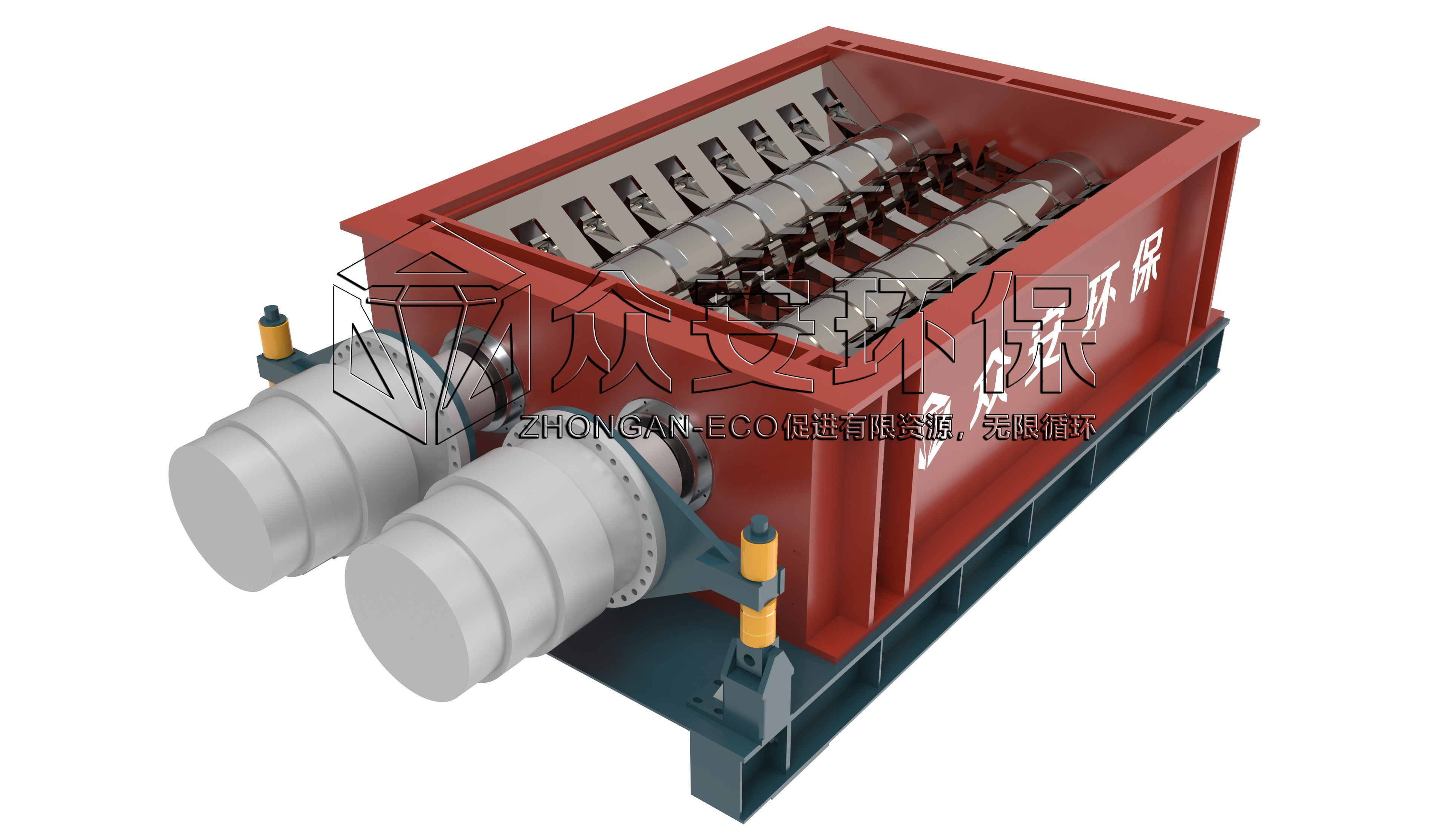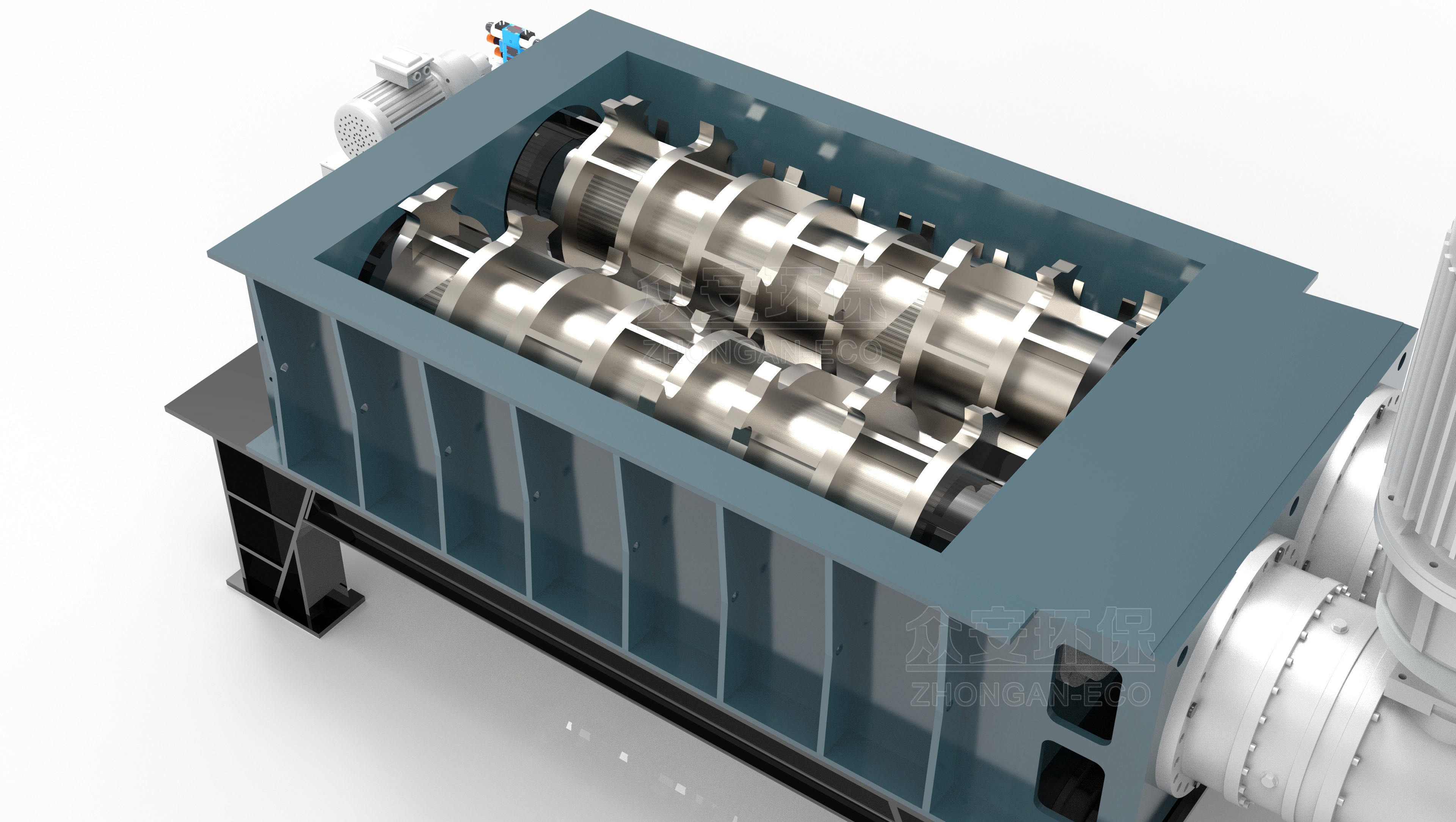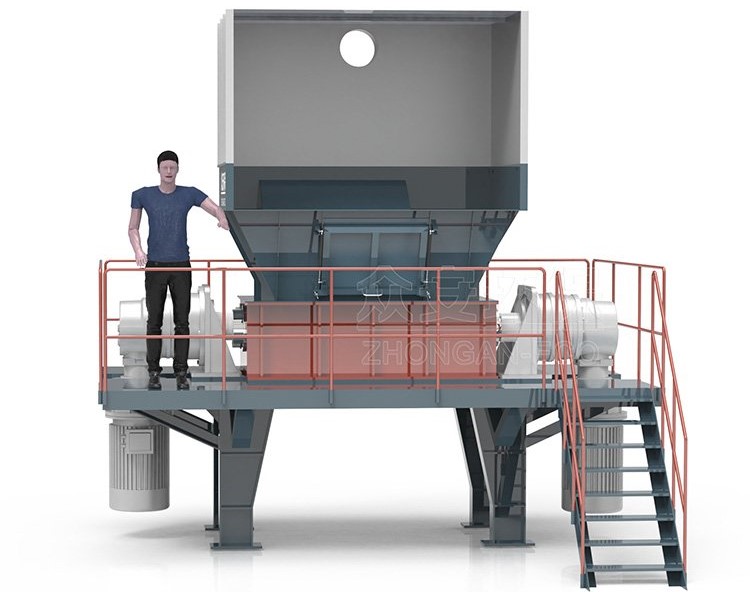Author:Zhongan-ECO Comefrom: Date:2022/10/20 19:43:07
The wind energy industry is now facing a new challenge: what to do with old wind turbine blades or windmill blades when it’s time to replace them. In the wind-power industry, when turbines are eventually decommissioned or wind farms upgraded in a process called repowering, wind-turbine blades must either be disposed of or recycled. The University of Cambridge estimates that there will be 43 million tons of used blades by 2050. Without proper management, they are likely to pile up in landfills. At the same time as we're handling the challenge that is posed to us by windmill blades that are coming off towers now, we're also changing our approach to the design and the manufacturing of wind turbine blades in the future to provide ourselves with more options for recycling and reuse of windmill blades at the end of their life. The main difficulties in recycling wind turbine blades are as follows:
1. End-of-life of blade is a complex value chain made of several steps and stakeholders.
2. Challenges exist from the decommissioning to the reuse of blade materials.
3. A holistic approach is needed to implement new recycling solutions.
4. Economic, technical, environmental, legislation and social aspects should be considered.
Unlike an aluminum can or glass bottle, the blades are often constructed of fiberglass, steel, wood and resin. Right now it’s very cheap to just put windmill blades in a landfill, but we don’t want to see that as the end product, because almost 90% of the wind turbine blade material primarily fiberglass, can be repurposed for cement production.

Thanks to this process, more than 90% of the weight of the turbine blades is recovered: 65% in the form of a raw material, replacing sand, clay and other materials, and 28% as an alternative fuel, replacing coal to provide the energy needed for the chemical reaction in the cement kiln. The cement produced in this way has exactly the same properties as traditional cement.
By recycling decommissioned turbine blades in this way is providing both a solution to the problem of end-of-life wind turbine management and valuable assistance to cement manufacturers trying to reduce their carbon footprint.
An environmental impact analysis conducted a sustainable result, estimates that recycling the blades by co-processing in cement kilns would reduce CO2 emissions by 27%. To be estimated it will be the maind trend of wind turbine blade reycling.

Giant composite fiberglass wind-turbine blades, which can be up to 80 feet long and weigh many tons, have been challenging to shred and recycle. Even after the blades are broken or cut into smaller chunks, the pieces can be too large for most feed chambers. Also, the thickness, brittle nature, and density of the composite parts are extremely challenging, as well as controlling the dust generated from shredding them.
On top of this, such thick, dense composites can force maintenance issues in most shredding equipment, causing costly, lengthy breakdowns. In fact, shredding tough fiberglass, or other composites of any large forms down to specific, recyclable sizes often requires a primary and a number of secondary shredders in multiple step reduction while handling the dust collection and filtration. The system is designed as a two-step process, run by one operator. Large wind blade pieces are inserted into one end, where they enter a “pre-shredder” station and are shredded into finer particles. They travel by conveyor to a secondary “refiner” station for further processing to the specified size and length requirements. This second step can be customized as needed, and may be one simple grinding or shredding stage, or a multi-step process to produce the required material. The entire system operates under negative pressure to eliminate the airborne dust that is a typical safety concern for fiberglass shredding or recycling. At the end of the process, bags of shredded material can be collected straight from the system, to be repurposed into new applications.
Now, however, Zhongan's new generation advanced shredding technology can help composites recyclers reliably shred wind-turbine blades to chips at high volumes using unique advances in hydraulic systems.
Traditional large capacity shredders have points of vulnerability such as knives, shafts, bearings, and hydraulics not truly designed for such loads or volumes. This can result in breakdowns and lost production downtime with long lead times for critical replacement parts and rebuilds. The cumbersome process of shredding, screening, and grinding composites and materials to size with different equipment in separate operations has also traditionally been a bottleneck to process. Screening is often a slower process than shredding.
In response, to ensure high production and reliability in such applications, Zhongan as industry innovator has developed high-volume, high-torque shredders with large chambers that enable efficient reduction of oversize turbine blades pieces.
With knife geometry modified to properly “grab” the material and feed it well in horizontal or vertical applications, the high torque, low speed dual shaft shredder minimizes dust generation as well as breakdowns. Use a unique bed knife design in a dual shaft shredder to cut the width of the material of the shredder. The size of the end-product is based on the size and geometry of the rotary and fixed knives as well as their gap distances. Using this design can produce more than 85 percent correctly sized material in one pass with less than 10 percent oversized material. The knife system can reduce scrap to the appropriate size with much less energy than typical shearing and grinding equipment. Power efficiency approaches 150 percent over any standard shredder. So the equipment is durable enough to last decades.
While such units are typically hydraulic, all-electric versions are an attractive option if a very large chamber size is required, but not high torque. All-electric versions are simpler, quieter, less costly, and even easier to maintain since the devices have no valves and cannot leak hydraulic fluid since none is used.

